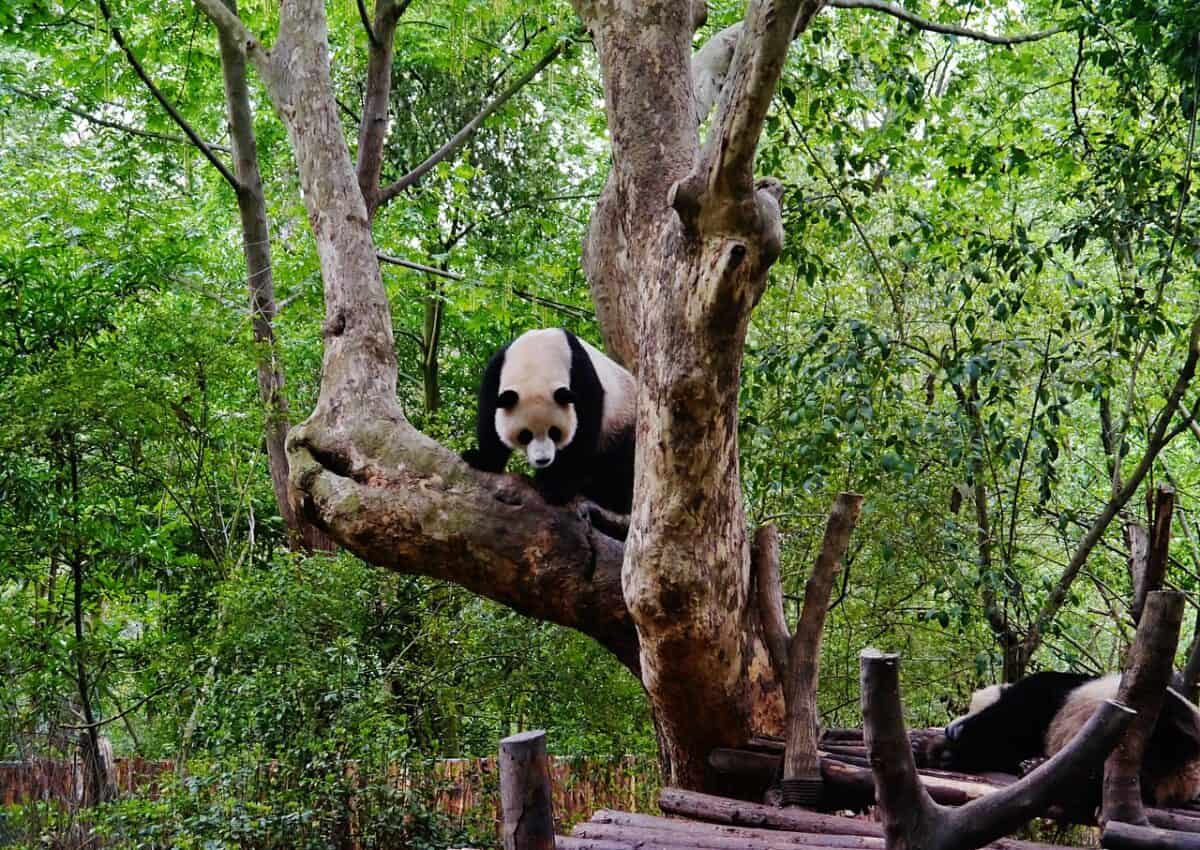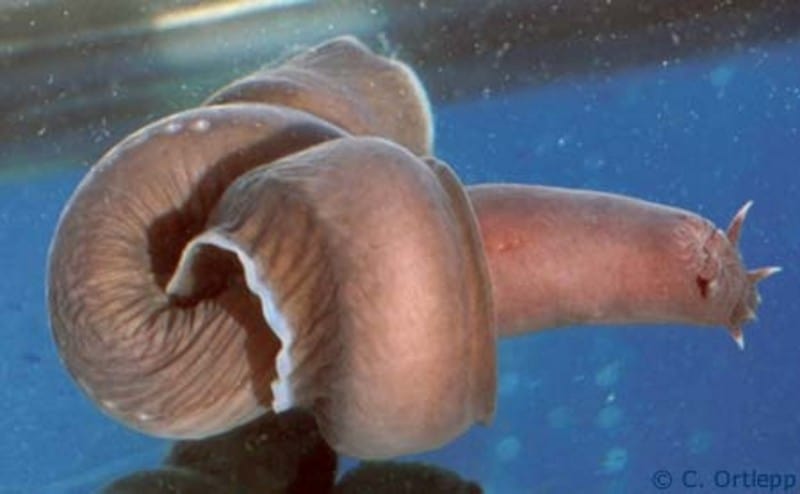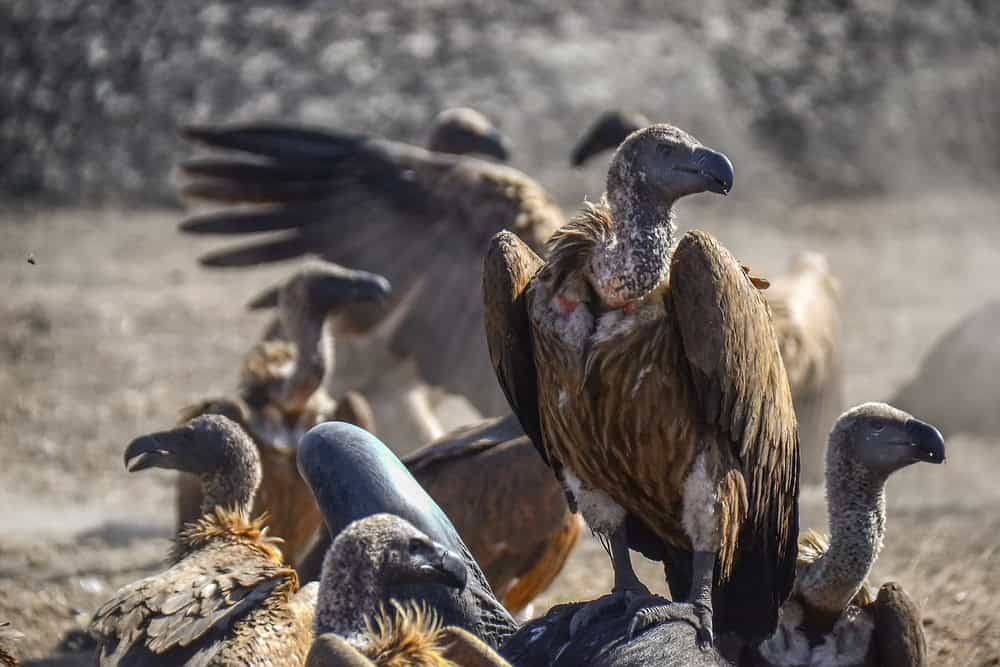When we think about animal diets, we often envision the typical predator-prey relationship or plant-based feeding habits. However, the animal kingdom is full of bizarre dietary practices that seem strange but perfectly suit their needs. These unconventional eaters have developed unique strategies for survival, often challenging our understanding of what is considered ‘normal’ in the wild. Let’s explore nine of the weirdest animal diets that defy logic but are perfectly effective.
9. The Vampire Finches of the Galápagos

Among the Galápagos Islands, where evolution takes center stage, vampire finches have taken a peculiar evolutionary path. These small birds have developed a taste for blood—specifically, the blood of larger birds like boobies. On islands where food is scarce, these finches have turned to blood meals as a supplementary source of nutrition. Their sharp beaks pierce through the skin of their avian hosts, allowing them to drink the blood that sustains their unusual diet.
8. Pandas: Carnivores with a Bamboo Addiction

Despite having the digestive system of a carnivore, giant pandas have adapted to a diet almost exclusively comprised of bamboo. This is counterintuitive since bamboo is low in nutrients and energy, requiring pandas to consume enormous quantities—up to 38 kilograms (about 84 pounds) per day. This atypical feeding strategy showcases the panda’s evolutionary adaptation, where their slower metabolism matches their low-energy diet.
7. Koalas: Eucalyptus Exclusives

Koalas are notorious for their singular diet—eucalyptus leaves, which are toxic to most animals. These marsupials have developed a highly specialized digestive system designed to detoxify and extract nutrients from these leaves. Furthermore, the energy-poor diet correlates to their sedentary lifestyle, as they spend most of their time resting and conserving energy in the branches of eucalyptus trees.
6. Leafcutter Ants and Their Fungus Farms

Leafcutter ants exhibit a sophisticated symbiotic relationship with fungus. These industrious insects cut leaves and carry them back to their colonies, not for direct consumption but as a substrate to cultivate fungus gardens. The ants then feed on the fungus, relying on their agricultural prowess to sustain large colonies. This unconventional method marks them as one of the few animal species engaged in agriculture.
5. Hagfish: Masters of Slime and Scavenging

Hagfish are deep-sea scavengers with a taste for dead and decaying carcasses. Their diet includes a variety of ocean floor debris, which they consume by burrowing into the carcass and absorbing nutrients through their skin. To aid in this process, hagfish produce copious amounts of slime for protection against predators while they feed, making them one of the ocean’s most bizarre diners.
4. Hoatzin: The Stinkbird’s Leafy Feast

Hoatzins, also known as “stinkbirds,” are a unique species found in South America. These birds have a diet primarily consisting of leaves, which is unusual in the avian world. They have a digestive system similar to that of a cow, complete with fermentation chambers in their crop to break down the leafy matter. The fermentation process is responsible for their distinctive musky odor, hence the nickname.
3. Woodpecker Finch: The Forest Carpenter

Another Galápagos resident, the woodpecker finch, has a standout diet strategy. These birds use small twigs or cactus spines as tools to extract insects and larvae from tree bark. This behavior highlights an advanced level of problem-solving and tool use not commonly observed in bird species. The woodpecker finch thus embodies an unusual fusion of dietary adaptation and cognitive skill.
2. Vultures: Nature’s Cleanup Crew

Vultures are renowned for their ability to consume carrion, a diet that many animals avoid due to the risk of disease. These great scavengers are equipped with highly acidic stomachs that enable them to digest decomposing carcasses without falling ill. This unique adaptation allows vultures to play a crucial ecological role by efficiently removing dead animals from the environment.
1. Star-nosed Mole: Insectivorous Expert

The star-nosed mole is a prolific insectivore, with a feeding strategy dominated by speed. This small mammal can identify, capture, and consume prey such as worms and insects at an astonishing rate. The star-shaped organ on its nose is highly sensitive, with the ability to detect prey by touch in complete darkness. This ensures its survival in the moist, subterranean habitats it calls home.
The animal kingdom’s diversity is not only evident in the visible spectrum but also in dietary habits that defy conventional wisdom. From blood-drinking birds to bamboo-eating bears, these unique diets demonstrate nature’s remarkable creativity in adapting to environmental challenges. Each peculiar diet is a testament to evolutionary ingenuity, reflecting the intricate balance that sustains biodiversity. By understanding these bizarre yet effective feeding strategies, we gain insight into the vast tapestry of life on Earth, fostering a greater appreciation for the complexity of natural ecosystems.
- 12 Famous Dogs From American History You Need to Know - July 5, 2025
- How to Help Wildlife While Enjoying the Great Outdoors - July 5, 2025
- Animals That Stole the Spotlight in Major Movies - July 5, 2025

